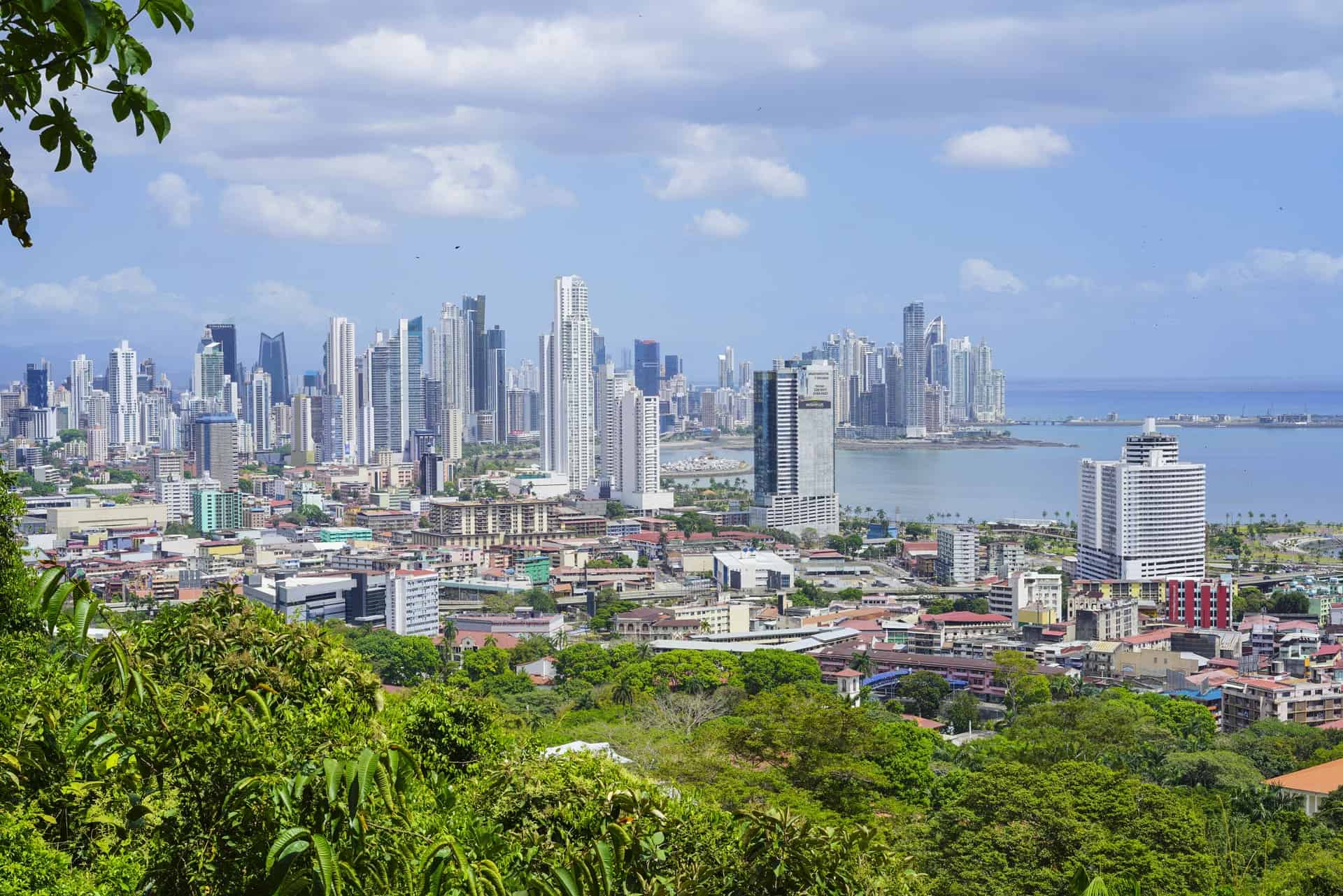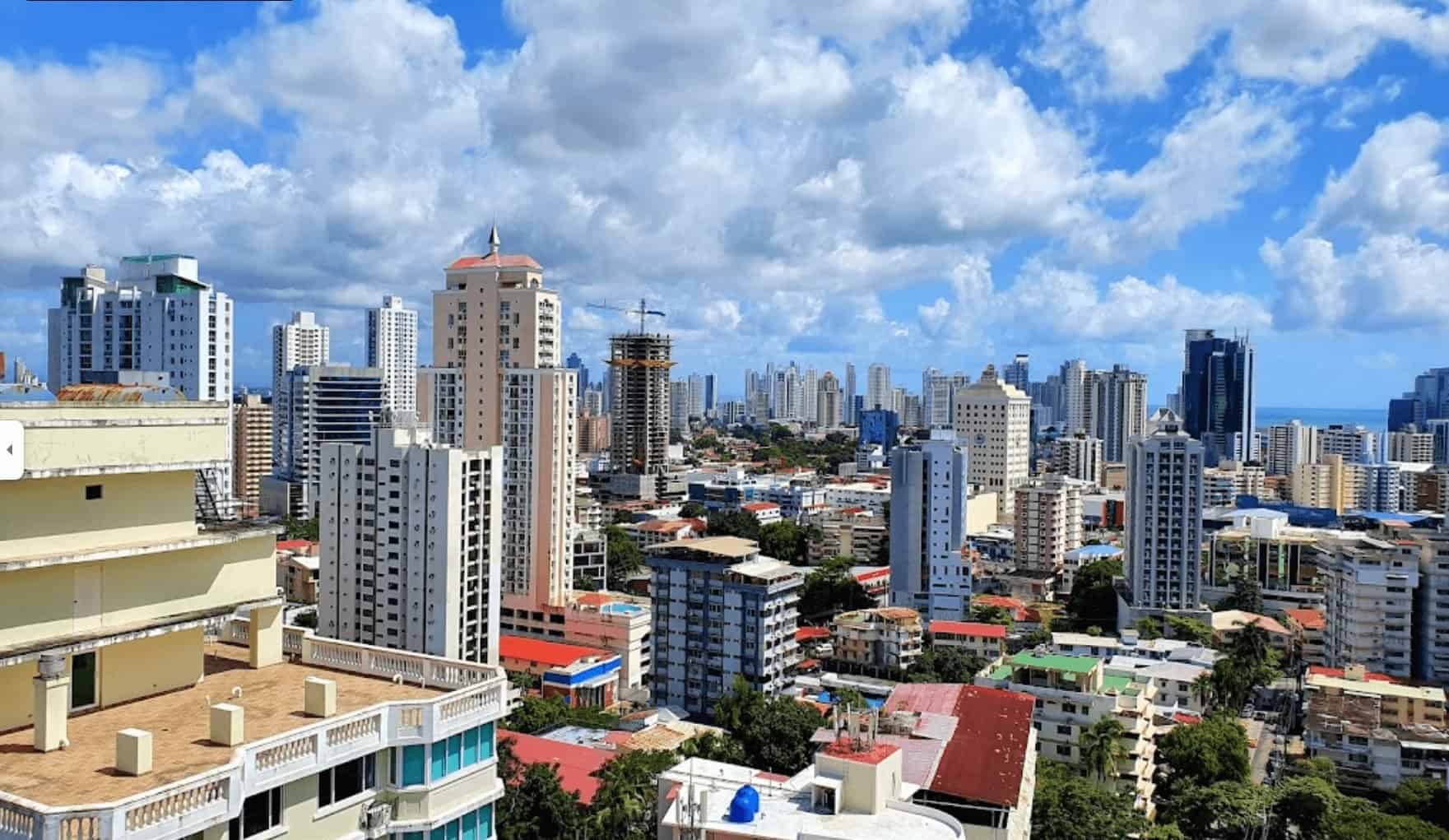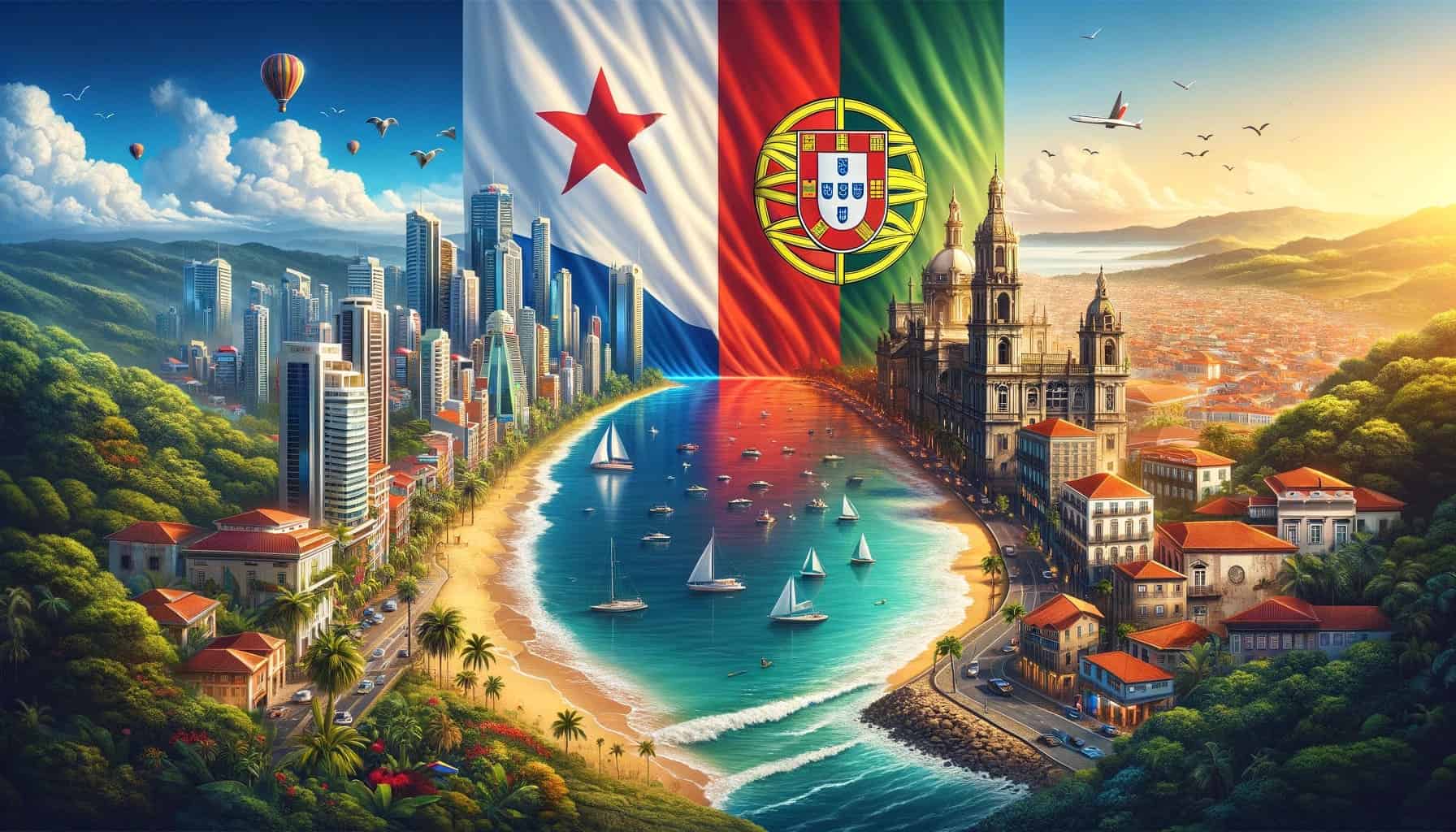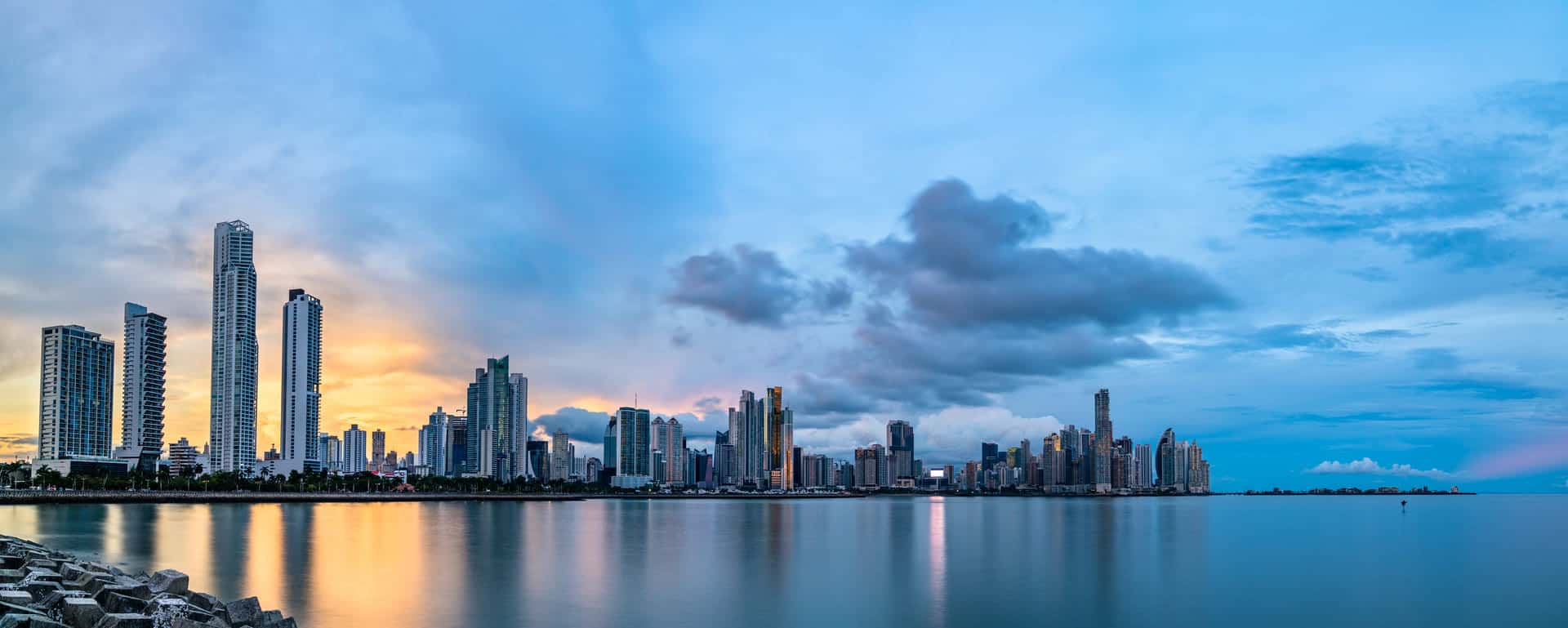Discover your perfect expat paradise: Panama or Colombia? Adventure, career, culture – both have it all. Dive into our exciting guide comparing climate, healthcare, cost of living, real estate, and safety. Make your overseas dream a reality with insider insights on the ultimate expat showdown. Find your haven, let’s explore together!
- Overview of Geography and Culture
- Panama and Colombia Climate Comparison
- Living Costs in Panama vs. Colombia
- Healthcare System Comparison
- Choosing the Right Real Estate Path
- Navigating Residency and Citizenship: Panama vs. Colombia
- Security and Crime Rates
- Conclusion
Overview of Geography and Culture
Exploring Panama
Panama is located in Central America; it holds the distinction of being the first Spanish colony established on the Pacific coast. Its unique geography is characterized by an S-shaped configuration, flanked by the Caribbean Sea to the north over a distance of 1,290km, and the Pacific Ocean to the south, covering 1,700km. Beyond its famous Panama Canal, the country offers a wealth of activities for nature lovers, including bird watching, white-water rafting, and snorkeling in breathtaking coral reefs. Panama’s biodiversity surpasses that of the United States, Canada, and Europe combined, highlighting its rich natural beauty. As of 2024, the nation’s population has reached 4.5 million, reflecting a growth of 1.34% from the previous year.
Panama is known for its multicultural and welcoming community, consisting of Creoles, Mestizos, European immigrants, Africans, and Indigenous Indians. The country’s dynamic cultural landscape is celebrated through vibrant dance and music traditions, with popular Latin rhythms such as salsa, merengue, and bachata. Panama’s food, a blend of African, Spanish, and Native influences, is renowned for its unique tastes and dishes, a fact recognized by UNESCO when it designated Panama as a Creative City in Gastronomy in 2017. The Panama Golden Visa Program offers residency advantages to various family members, providing a comprehensive option for families and making Panama an appealing choice for people looking for diverse experiences or digital nomads.
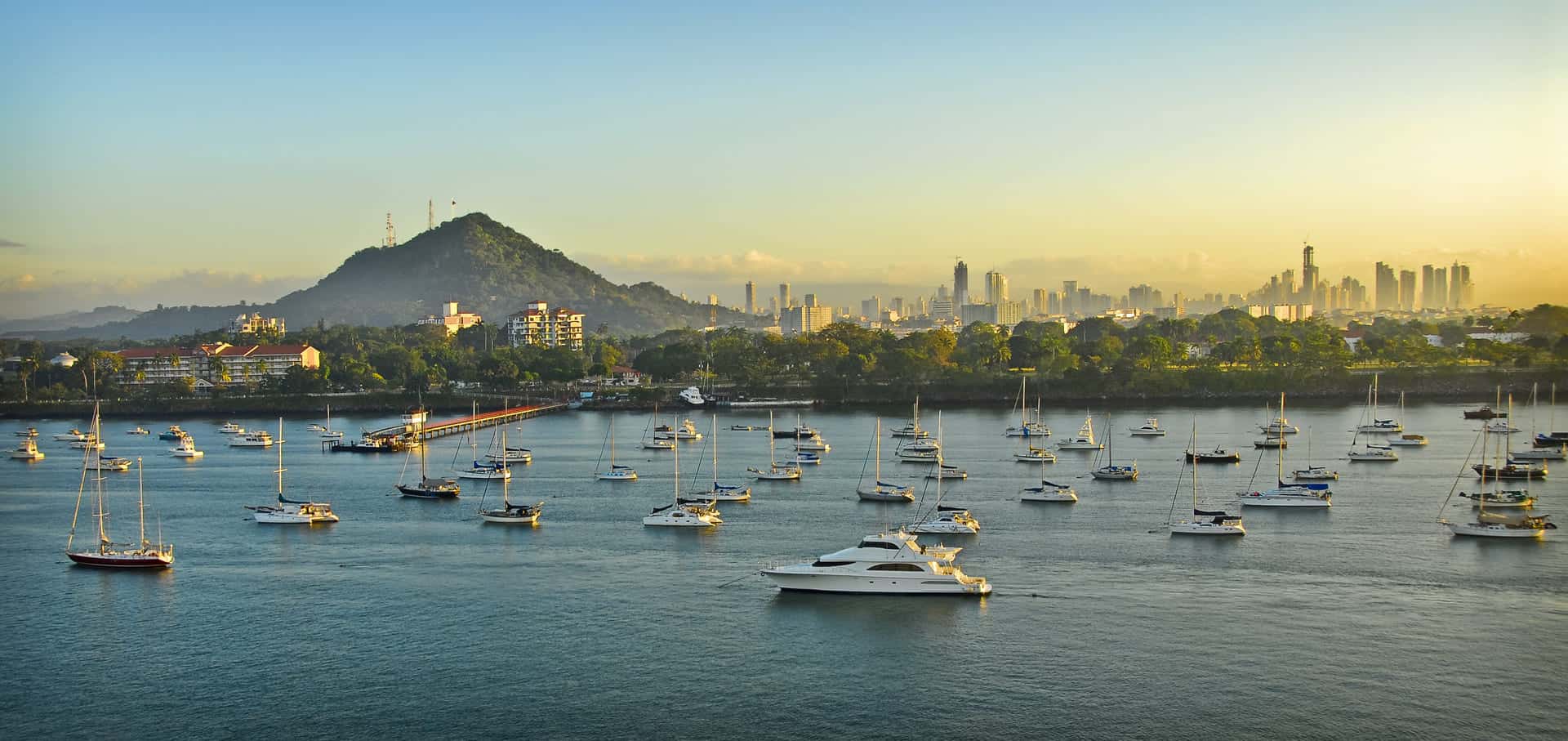
Exploring Colombia
Colombia, referred to as the “gateway to South America,” is positioned in the northwest part of the continent, serving as a bridge between South, Central, and North America. It ranks as the fifth largest nation in Latin America and is second only to Mexico in terms of its Spanish-speaking population size. The country’s rich historical tapestry is woven from its pre-Columbian era, highlighted by civilizations such as the Muisca, famous for the El Dorado myth, and the Tairona, celebrated for their exquisite gold work. Colombia declared its independence in 1819, transitioning into a republic characterized by various phases of political and social unrest, yet it has matured into a dynamic democracy with an increasing influence globally. As of February 2024, Colombia’s population stands at 52 million, according to Worldometer.
The cultural vibrancy of Colombia is evident in its numerous festivals, including the Carnival of Barranquilla, which exhibits the nation’s diverse musical styles and dance traditions. The fusion of indigenous, Spanish, and African elements forms the backbone of Colombian culture, manifesting in its music, dance, and festivities. Indigenous practices persist, notably in artisan crafts like the Arhuaca bags and culinary staples such as arepas. This multicultural essence is also present in Colombia’s urban centers, where global and local traditions merge. The regional diversity of Colombian cuisine is vast, with coastal regions favoring dishes based on seafood and coconut rice, and the Andean areas known for their robust soups, including ajiaco. Regional specialties, like Medellín’s bandeja paisa and Cali’s sancocho de gallina, underscore the nation’s culinary wealth. Colombia extends various visa options to foreigners, encompassing work, student, and retirement visas, the latter being particularly appealing to retirees due to its relatively simple qualification criteria.
Panama and Colombia Climate Comparison
The weather in Panama varies greatly by region. In Panama City, the capital, the climate is typically warm, with daily temperatures oscillating between 22°C and 33°C year-round. In contrast, higher elevations like Boquete enjoy a milder climate, where temperatures average between 13°C and 24°C. Panama’s climate is mainly tropical, marked by a consistent pattern throughout the year, with a rainy season from May to December and a dry season from January to April. The best period for visiting Panama falls between January and mid-April, aligning with the driest season.
In Colombia, the climate is mainly tropical, which means temperature fluctuations are minimal throughout the year. The capital, Bogota, experiences relatively cool temperatures, generally ranging from 19°C to 20°C. The high mountain regions, or páramos, are known for an average temperature of around 10°C, accompanied by fog, mostly cloudy skies, frequent winds, and occasional light rain or drizzle. Due to Colombia’s proximity to the Equator, its climate tends to be stable. The dry season occurs from December to March, making it the preferable time to visit to avoid the rainy season, which spans from April to November and brings significant rainfall.
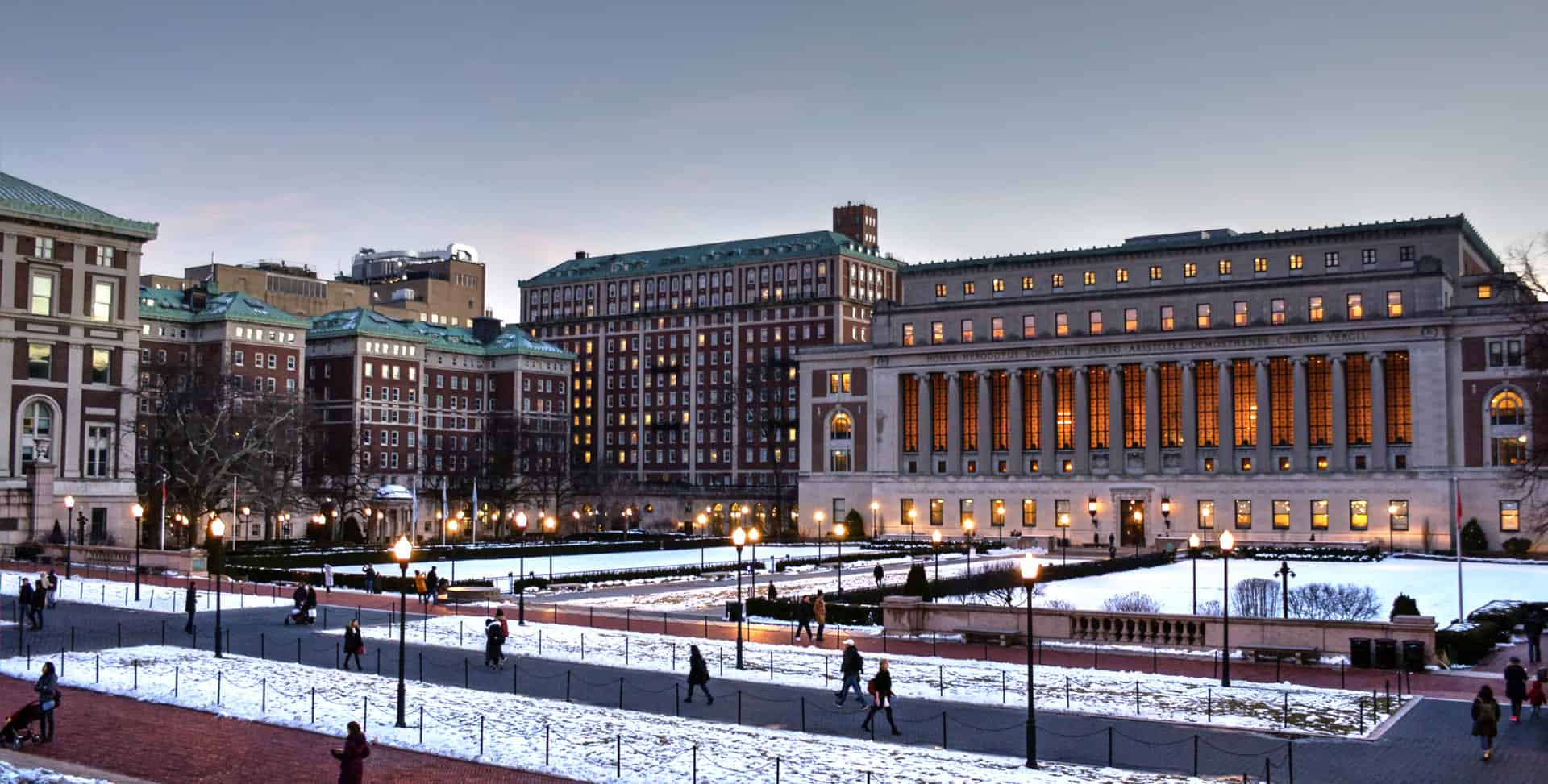
Living Costs in Panama vs. Colombia
The cost of living in Panama versus Colombia presents an interesting comparison due to the varying economic landscapes and living standards in these neighboring Latin American countries. Panama, with its famous canal, booming service sector, and status as a financial hub, generally has a higher cost of living, especially in Panama City, where housing, goods, and services are priced at a premium. In contrast, Colombia offers a more diverse cost of living range, from its bustling cities like Bogotá and Medellín to smaller towns and rural areas, where costs can be significantly lower. However, Colombia’s larger cities are catching up, with costs in premium neighborhoods approaching those of Panama’s. This variation reflects the countries’ differences in economic development, wages, and lifestyle expectations. Below is a comparison table that provides a clearer picture of how specific costs like housing, food, transportation, and utilities differ between Panama and Colombia, offering potential expatriates and travelers insights into where their money might go further.
| Item | Panama | Colombia |
| Meal, Inexpensive Restaurant | 10-15$ | 5-10$ |
| Meal for 2 People, Mid-range Restaurant, Three-course | 40-70$ | 25-50$ |
| McMeal at McDonalds | 7-10$ | 6-9$ |
| Domestic Beer (0.5 liter draught) | 2-3$ | 1-3§ |
| Imported Beer (0.33 liter bottle) | 3-4$ | 2-3$ |
| Cappuccino (regular) | 3-4$ | 2-3$ |
| Coke/Pepsi (0.33 liter bottle) | 2$ | 1$ |
| Milk (regular), (1 liter) | 2$ | 1$ |
| Loaf of Fresh White Bread (500g) | 2$ | 1-2$ |
| Rice (white), (1kg) | 2$ | 1$ |
| Eggs (regular) (12) | 2$ | 2$ |
| Local Cheese (1kg) | 10$ | 5-7$ |
| Chicken Fillets (1kg) | 7-10$ | 5-8$ |
| Beef Round (1kg) | 8-15$ | 8-15$ |
| Apartment (1 bedroom) in City Centre | 750-2000$ | 450-1500$ |
| Apartment (1 bedroom) Outside of Centre | 500-1000$ | 300-800$ |
| Internet (60 Mbps or More, Unlimited Data, Cable/ADSL) | 40-60$ | 30-50$ |
| Fitness Club, Monthly Fee for 1 Adult | 25-70$ | 25-50$ |
| Cinema, International Release, 1 Seat | 7-10$ | 5-8$ |
| Preschool (or Kindergarten), Full Day, Private, Monthly for 1 Child | 300-500$ | 200-400$ |
| 1 Pair of Jeans (Levis 501 Or Similar) | 50-60$ | 55-65$ |
| 1 Pair of Nike Running Shoes (Mid-Range) | 60-80$ | 80-100$ |
| Gasoline (1 liter) | 1$ | 1$ |
| Bottle of Wine (Mid-Range) | 8$ | 9$ |
| Cigarettes 20 Pack (Marlboro) | 6$ | 2$ |
Healthcare System Comparison
Panama boasts a healthcare system tailored to suit the diverse needs of its population, ensuring convenient access to top-tier medical services for both residents and expatriates. Public healthcare, financed by the government and overseen by CSS (Social Security Fund) and MINSA (Ministry of Health), is complimentary for citizens and permanent residents. On the other hand, private healthcare, while pricier, delivers exceptional quality of service. Private hospitals in Panama are particularly appealing to medical tourists and expats due to their blend of excellence and affordability. They provide prompt attention and often employ English-speaking medical professionals. Renowned for its contemporary facilities, specialized care, and proficient medical staff, Panama’s healthcare system caters to a spectrum of needs, ranging from routine check-ups to urgent medical interventions and specialized therapies.
Colombia’s healthcare system is praised for its efficacy and broad coverage, earning it recognition as one of the world’s finest. As per the World Health Organization, Colombia’s healthcare system ranks 22nd globally in efficiency, surpassing nations like Canada, the United States, and Australia. Operating on a mixed model, Colombia offers both public and private insurance schemes. The public system, EPS (Entidades Promotoras de Salud), is compulsory for all residents, extending coverage to a significant portion of the populace at a nominal cost. For retirees, premiums are fixed at 12% of declared pension income, with no upper age limit for eligibility. Conversely, the private sector, Medicina Prepagada, furnishes additional options for individuals seeking immediate access to specialists and services, albeit at a higher expense. Colombia’s healthcare presents a holistic approach, blending universal coverage with the flexibility of private healthcare, making it an enticing option for expatriates.
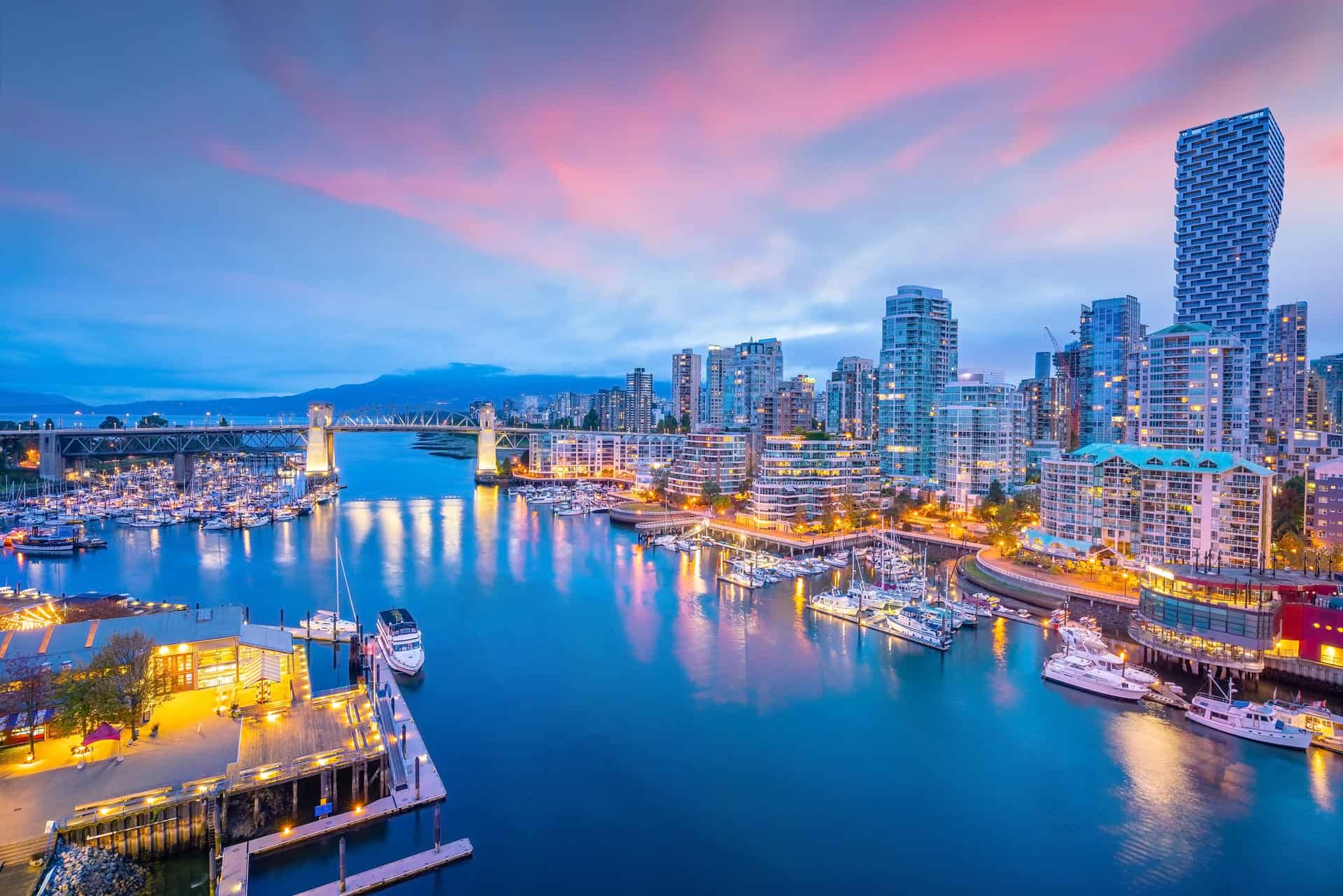
Choosing the Right Real Estate Path
Panama is a thriving economic powerhouse, positioned among the fastest-growing economies in Latin America. Renowned for its robust presence in global trade and finance, it serves as a magnet for numerous major multinational corporations. The strategic importance of its location, particularly due to the Panama Canal, has fundamentally reshaped business and shipping dynamics within the country. By adopting the US Dollar, Panama maintains a resilient and steadily expanding economy, demonstrating resilience even amidst the challenges posed by the pandemic, thanks to its strong economic underpinnings. The tourism sector plays a role in driving real estate growth, with substantial expansion on the horizon. The consistent appreciation in property values over decades and high rental demand have attracted significant international interest in property investment, offering lucrative prospects for foreign investors looking to tap into Panama’s real estate market.
Colombia’s real estate market is recognized for its resilience and potential for expansion. Despite the global disruptions caused by the pandemic, the sector has shown remarkable signs of recovery and remains a magnet for investors, offering diverse opportunities spanning from residential to commercial properties. Government initiatives, such as providing mortgages for first-time homebuyers, have been instrumental in sustaining demand and fostering growth. Expatriates have a plethora of real estate investment options in Colombia, ranging from direct property purchases to investments in Real Estate Investment Trusts (REITs). The market’s upward trajectory is bolstered by factors like the country’s economic stability, increasing foreign direct investment, and growing interest from international buyers and renters drawn to Colombia’s vibrant lifestyle.
Navigating Residency and Citizenship: Panama vs. Colombia
Panama Golden Visa Overview
To attain residency status, applicants must select from three investment pathways:
- Qualified Investor: Securing permanent residency mandates a commitment to a five-year investment plan. Additional charges apply for the principal applicant and accompanying family members. Investment options comprise allocating $300,000 towards real estate, $500,000 towards stocks, or placing a fixed deposit of $750,000 in a bank.
- Friendly Nations: Nationals from Panama’s designated ‘friendly nations’ are eligible to pursue residency through a real estate investment of $200,000, a fixed-term deposit of $200,000, or employment with a Panamanian company for work-based residency.
- Forestry Investor: Provisional residency status can be acquired by investing in a company listed in the forestry registry, with options including a $100,000 real estate investment or a $100,000 investment in teak reforestation. After two years, applicants are eligible to apply for permanent residency. Alternatively, an immediate permanent residency is granted with a $350,000 investment in teak reforestation.
The Panama Golden Visa Acquisition Process
- Application Submission
Prospective applicants are required to submit fully completed forms along with applicable fees and necessary supporting documents. These documents should comprehensively outline the sources of investment funds and personal particulars. The documentation prerequisites may differ depending on the chosen investment avenue, encompassing certificates from entities like the Panama Public Registry and Securities House.
- Due Diligence Checks
Prior to submission, both initial and subsequent rounds of due diligence checks are conducted to authenticate the information provided in the application.
- Processing Time
The processing duration varies based on the chosen route: 30 days for the Qualified Investor pathway, and four to six months for both the Friendly Nations and Forestry Investor routes. This timeframe extends from the point of submission to final approval.
- Permanent Residence Permits
Permanent residence permits are issued for Qualified and Forestry Investors. In contrast, applicants under the Friendly Nations visa are required to undergo a two-year temporary residence period before being eligible for permanent residence approval. The issuance of permits hinges on the successful completion of due diligence procedures and fulfillment of specified criteria, all of which are subject to review by the National Immigration Service.
Colombia Golden Visa Overview
The Colombian Golden Visa initiative aims to entice foreign investors by granting residency in return for substantial economic investments, either in Colombian enterprises or real estate. The M-6 visa mandates investment in a business, whereas the M-10 visa requires investment in real estate.
Investors can acquire either a Golden Visa or Migrant (M) visa, depending on the chosen investment option.
- M-6 Visa (Business Investment): According to Colombian regulations, foreigners who contribute significantly to the economy through business investments are eligible for investor visas. This visa permits investment in either new or existing companies. The minimum investment required is 100 times the minimum monthly salary, equivalent to approximately $33,100.
- M-10 Visa (Real Estate Investment): Another avenue to secure a Colombian investment visa is by investing in real estate, a popular choice among investors. Purchasing property not only grants you a resident visa but also offers potential returns on your foreign investment. The M-10 visa is available to individuals willing to invest at least 350 times the minimum salary, approximately $117,100, in real estate within the country.
Application Process for Colombia Golden Visa
Acquiring a Colombian Investment Visa isn’t particularly challenging, but meticulous preparation is essential. The visa application process can be completed either at any consulate worldwide or within Colombia itself, typically spanning a duration of 1 to 2 months.
- Open a bank account: Initiate the process by opening a bank account in Colombia to facilitate the transfer of investment capital. Necessary documentation includes a valid ID, proof of address, and evidence of income or wealth.
- Make an investment: Select your preferred investment option and associated project. If investing in a business, ensure registration with the Chamber of Commerce. Upon completing the investment, obtain a certification from a Colombian public accountant affirming the investment made.
- Prepare documents:
These will generally include:
- Completed application form
- Passport valid for a minimum of 180 days with at least 2 blank pages
- Digital photograph with a white background, sized 3x4cm
- Evidence of investment
- Proof of financial solvency
- Health insurance coverage
- Online application: Utilize the Colombian Ministry of Foreign Affairs website to submit your M visa application online. Complete the form, upload the necessary documents, and remit the non-refundable visa application fee, which can be conveniently paid online using a credit card.
- Wait for approval: Following submission, await processing of your application. Upon approval, an email containing your visa will be sent, which should be printed for future reference.
- Visa registration: Upon receipt of your visa, if you are within Colombia, you have 15 days to register with Migración Colombia to obtain a Cedula de Extranjeria (foreigner ID card). For applicants outside Colombia, entry into the country must occur within 60 days of visa issuance, followed by registration within 15 days. The M visa grants a validity of 3 years, with the option for renewal and eligibility for permanent residence after 2 years.
Security and Crime Rates
Panama emerges as an attractive option for expatriates seeking a safe and prosperous living environment, characterized by its lower crime rate and hospitable atmosphere for visitors. With a crime rate of 44.3 (per 100k), the government has prioritized residents’ and tourists’ safety, investing in modern infrastructure and reliable security systems. This commitment makes Panama a desirable destination, particularly for retirees. Notably, Panama stands out from other locations due to its minimal occurrence of issues like envy or racial hostility. While not completely free of crime, violent incidents are uncommon, and adhering to basic travel safety measures ensures a secure experience. While Panama generally offers safety, it’s prudent to exercise caution in specific areas such as Yaviza.
Colombia, with a crime rate is 61.2 (per 100k) as of 2024 has made significant progress in enhancing safety and security. Cities like Bogotá, Medellín, and Cartagena have gained popularity among expats, witnessing significant declines in crime rates. However, it remains important to exercise vigilance, avoid risky neighborhoods like Barrio Las Cruces neighborhood in Bogota, and follow basic safety protocols such as refraining from displaying expensive possessions in public. Petty crimes, such as pickpocketing, occur in crowded areas, and expatriates are encouraged to take preventive measures such as using money belts to safeguard valuables. For expatriates and travelers, it’s recommended to use licensed telephone or internet-based taxi services rather than hailing taxis on the street. In rural areas, traveling with reputable tour operators and staying informed about the security situation are crucial. Users of public transportation should exercise caution and refrain from displaying valuable items.
Conclusion
In conclusion, choosing between Panama and Colombia for expat life requires careful consideration of various factors. From climate to healthcare, living costs, real estate, and security, both countries offer unique opportunities and challenges. Whether you prioritize tropical climates, affordable living, quality healthcare, or secure surroundings, understanding the nuances of each destination is crucial. We hope this comparison has provided valuable insights to assist you in making an informed decision about your next overseas move. Embrace the adventure ahead as you navigate the charms and challenges of Panama and Colombia, finding your perfect expat haven. Safe travels!


